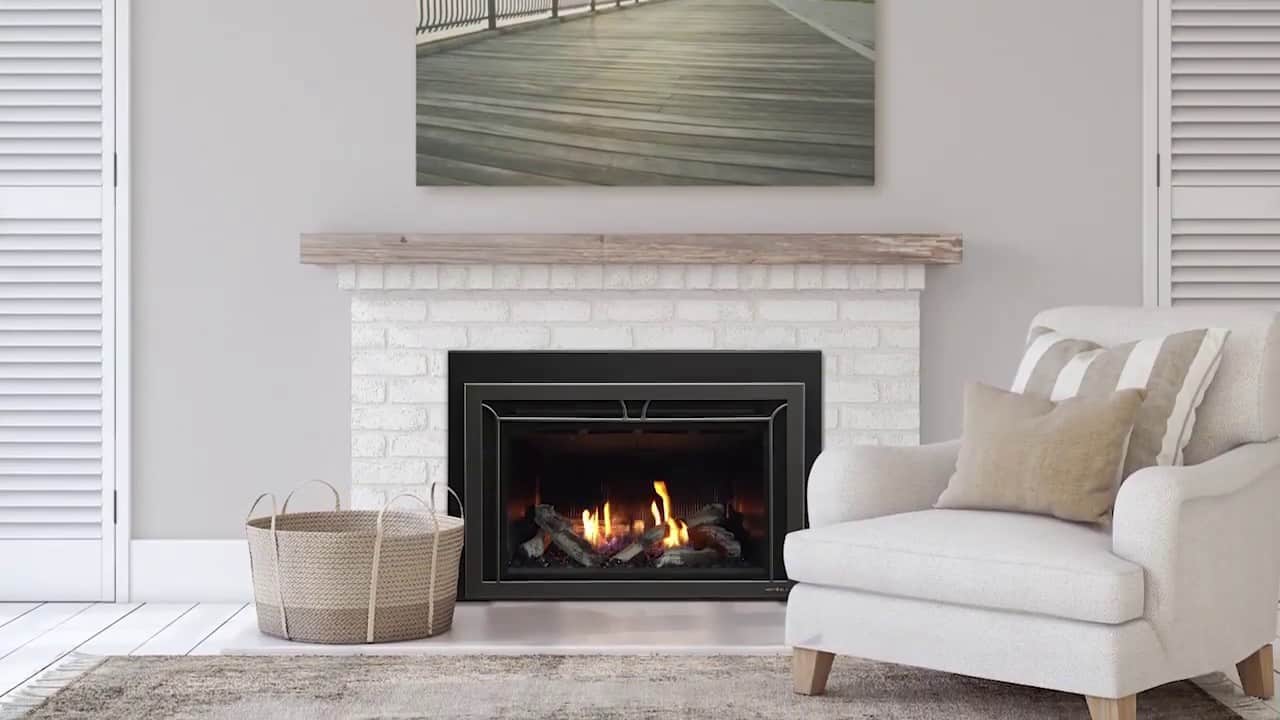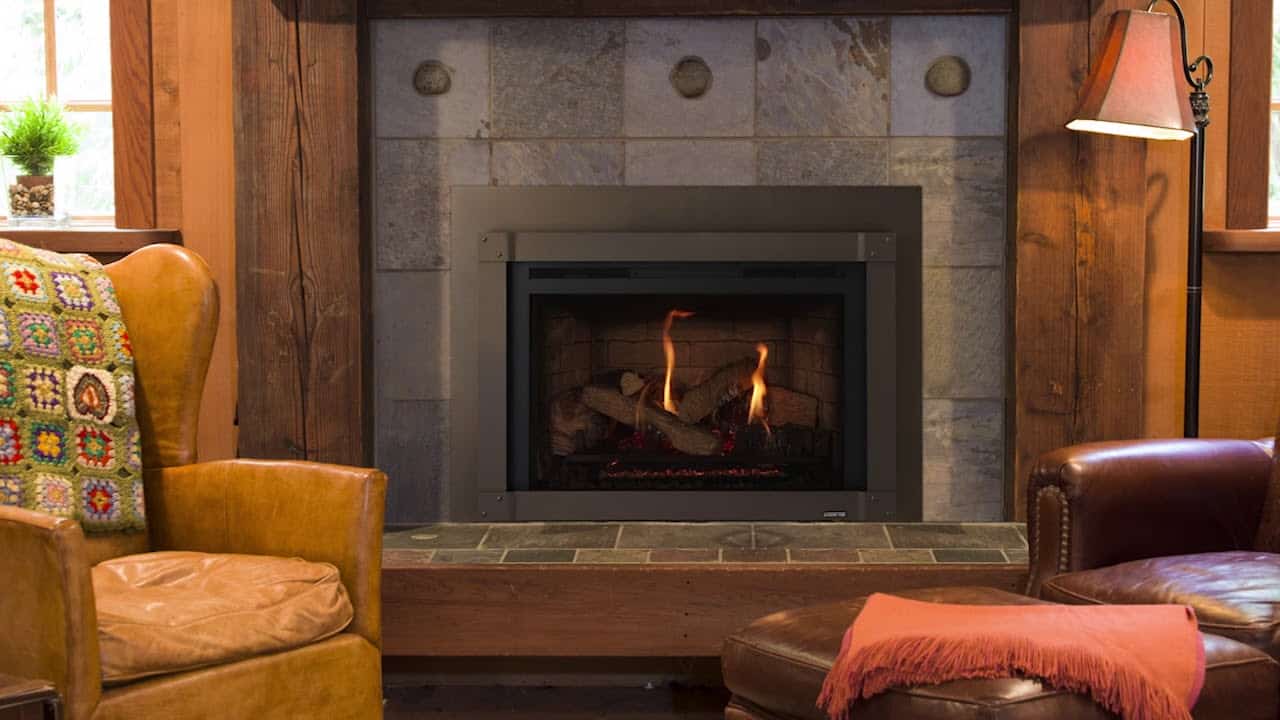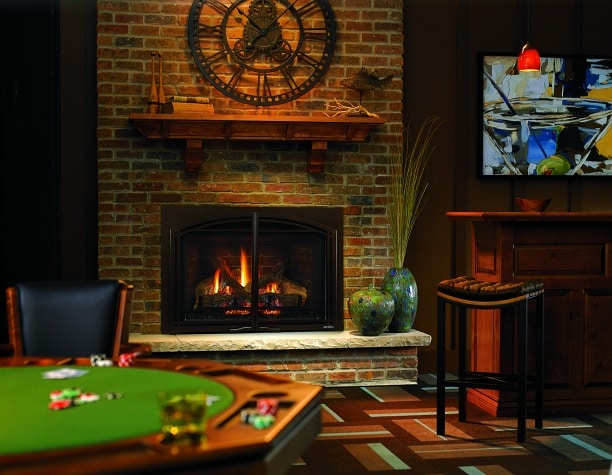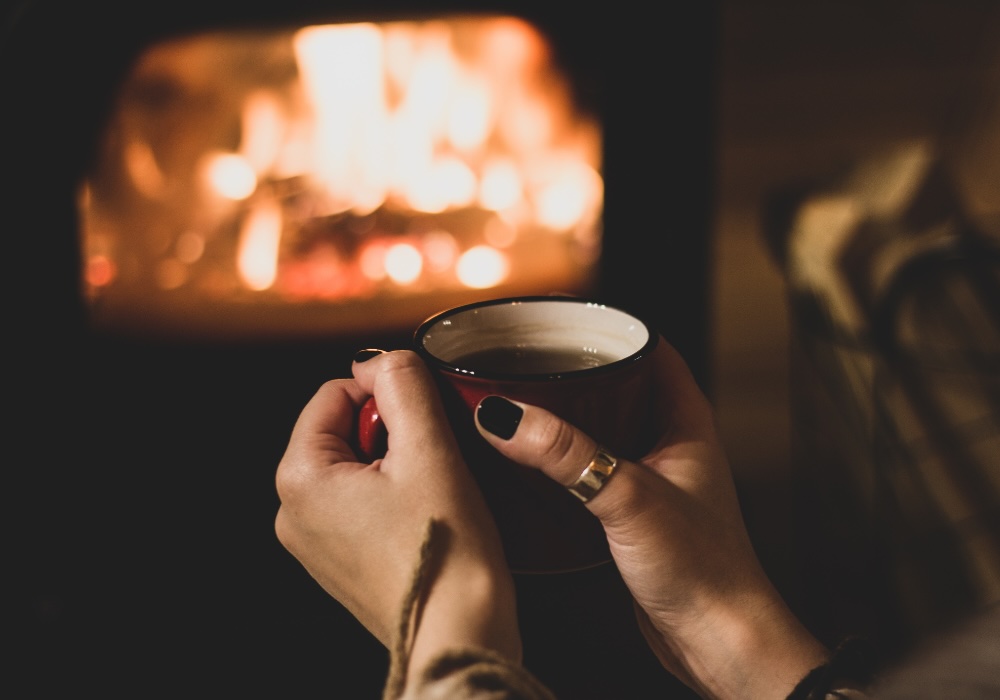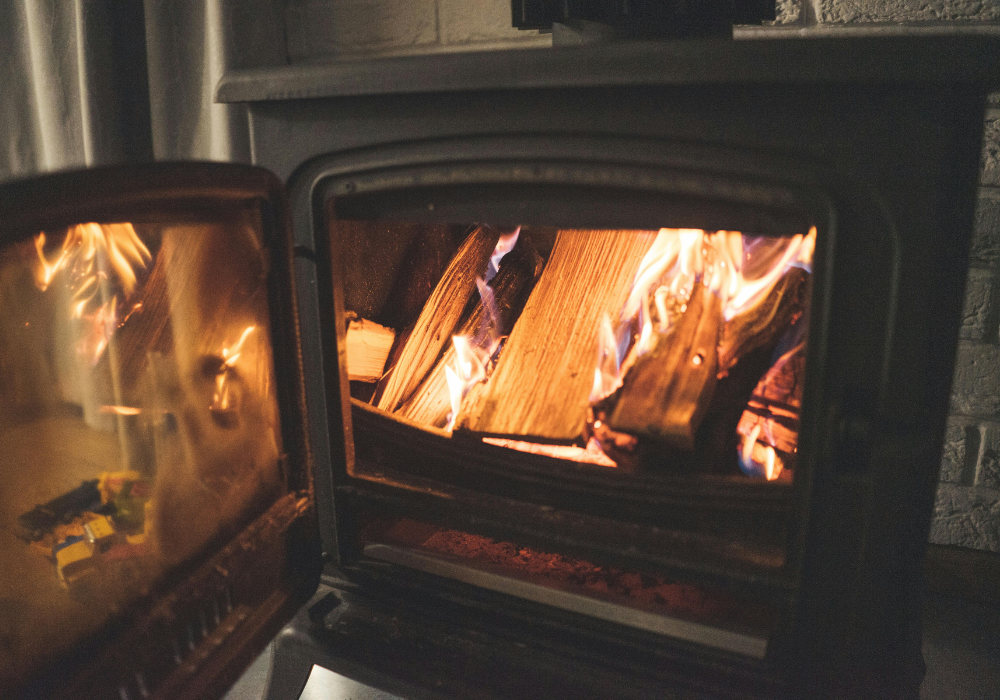Wood is good, but you can’t beat the ease of a fire that lights with the push of a button. Learn about what it takes to put a gas-fueled hearth in your home
A warm fire that needs no tending, cleanup, and doesn’t leave the rest of the house freezing is the only thing better that a crackling fire on a wintry night. That’s what you get with today’s gas fireplaces. Long gone are the anemic blue flames and unconvincing “logs.” Modern versions burn much more realistically, with glowing red embers and tall orange-yellow flames that dance and flicker around ceramic-fiber logs molded from the real thing.
ARE YOU LOOKING FOR A RETROFIT WOOD-BURNING FIREBOX THAT IS CONVENIENT AND EFFICIENT?
How much do they cost?
Expect to pay $2,000 to $5,000 (including installation) for a heat-producing insert or built-in fireplace. Decorative log sets run about $400 to $1,000.
Natural gas or propane?
Gas fireplaces can burn either type. Natural gas is less expensive and produces about 5 percent more heat. Choose propane where natural gas isn’t available.
DIY or hire a pro?
For the safest, most efficient, and best-looking installation, leave the work to a local National Fireplace Institute-certified technician.
How much care?
For about $150, have your certified technician come once a year to clean and adjust the burner, ensuring that you have realistic, soot-free flames.
How many Btus?
A gas fireplace’s heat output, in Btus, should match your room size, climate, and your house’s insulation level.
WHY CHOOSE GAS?
Wood-burning fireplaces provide great ambiance, but they can’t beat the easy, no-fuss efficiency of gas.:
- You don’t have to split, stack, season, or haul logs.
- There are no ashes to bag, no smoky smells, no chimney to clean.
- You can start, adjust, and snuff out fires with the touch of a remote control.
- The fire needs no tending and won’t die out from neglect.
- A wall thermostat can control the flame size—and therefore heat output—to maintain a specific temperature setting in the room.
- The fixed glass panels covering direct-vent fireboxes ensure that the furnace- or boiler-heated air in the rest of the house doesn’t escape up the flue, as it does with a wood fire.
- You can get as much as 75 to 99 percent of a fuel’s energy back as heat, instead of the 10 to 30 percent for wood fires.
- Gas fireplaces can go almost anywhere—in an upstairs bathroom, in a basement, or outdoors—without needing a chimney.
These upgrades enhance a fireplace’s convenience, comfort, and good looks.
1. Variable-flame height adjustment. Allows you to dial in just the amount of heat you need, from a whisper of a flame to a roaring fire. (The best units adjust down to 30 percent of full output).
2. Wall-thermostat control. Automatically adjusts the fireplace’s heat output to the temperature that you set manually or with a handheld remote.
3. Electronic ignition. Eliminates the need for a pilot light, saving up to $10 a month in fuel.
4. LED accent lighting. Adds a realistic flickering effect inside the firebox.
5. Battery backup. Ensures the fireplace will light during a power outage.
6. Built-in fan. Pulls indoor air into the space behind the firebox and pumps hot air out, heating a room in a hurry.
WHAT TYPES ARE THERE TO CHOOSE FROM?
- Log Set
- Insert
- Built-in
- Log Alternative: Glass
- Log Alternative: Coal
- Log Alternative: Stone
Shown: Heat & Glo Escape 35-inch direct-vent insert with decorative swing-out screen doors covering the fixed glass panel, 29,000-Btu output

